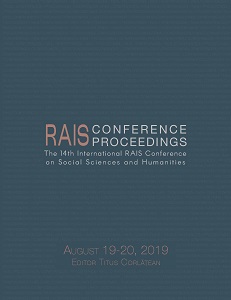A Review of Wagner's Law and Income Elasticity of the Government Expenditures in Iran (1985-2018)
A Review of Wagner's Law and Income Elasticity of the Government Expenditures in Iran (1985-2018)
Author(s): Reza Najarzadeh
Subject(s): Business Economy / Management, Economic development
Published by: Scientia Moralitas Research Institute
Keywords: Gross Domestic Product (GDP); Wagner's Law; Government Expenditure; Vector Autoregression (VAR);
Summary/Abstract: Wagner's Law holds that the relative size of public sector increases with the growth of per capita income. The aim of this study is to investigate the validity of Wagner’s Law in Iran. We test the Wagner’s Law by incorporating a vector Autoregression model (VAR) and vector error correction model (VECM) for the Iranian economy using 1985-2018 health and education data. The results of the estimates show that this law holds in Iran. The elasticity of government expenditures with respect to national income must be greater than one for the Wagner’s law to hold. However, government spending on health and education have been less than expected. This could suggest that the state does not pay enough attention to health and education. One can conclude that health and education are not priorities of the government in allocating funds to these two sectors.
Book: Proceedings of the 14th International RAIS Conference on Social Sciences and Humanities
- Page Range: 17-24
- Page Count: 7
- Publication Year: 2019
- Language: English
- Content File-PDF

